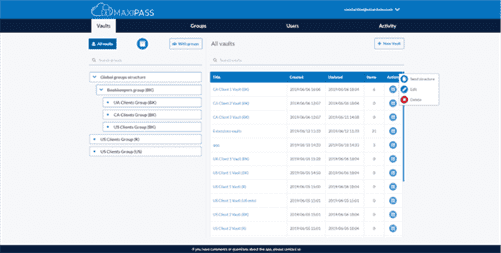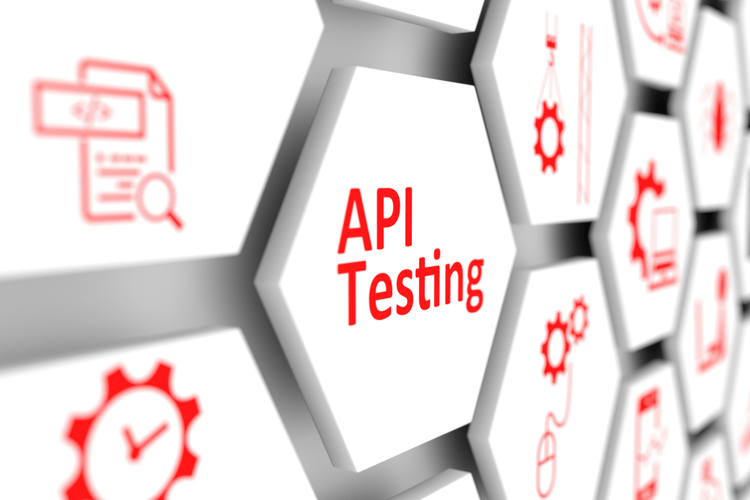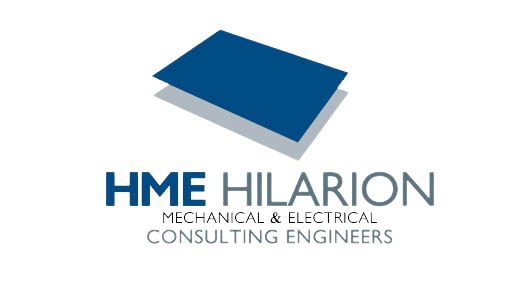Lean software development Wikipedia
Lean Development draws inspiration from the Toyota Production System, a renowned manufacturing methodology. It adapts the principles of waste elimination, continuous improvement, and optimizing the whole to the software development process. This is an approach popularized by Spotify that has been adopted by many Lean organizations (including LeanKit) as a way to optimize the whole and increase the speed of value delivery. Companies that embrace lean methodology are always looking for ways to optimize their people, resources, efforts and energy. This allows them to produce goods and services more sustainably while building healthier, more resilient organizations.
- Effective, efficient innovation includes knowing which processes are worth investing in, what can be done without, and how to do it all with relative ease.
- Toyota’s values have been applied to software, consumer goods, and other manufacturing processes since then.
- Lean helps product managers—and the teams they work with—maintain a consistent and valuable stream of communication with users, which in turn creates sustainable products with a long lifespan.
- And the latter need to be removed, as the lean methodology is a method of process improvement and, and foremost of waste reduction.
- The waterfall approach works ideally for projects that have easily predictable outcomes and when you are working with a group of novice developers.
- Just remember that you need to be honest and forthright; optimizing the product development process is only possible when everyone trusts their peers to work together towards the same goal.
Then they use this information to enhance their processes, improve their services and provide a better customer experience. This can help them focus on the most important tasks or features of the service they provide, which may increase productivity, reduce the amount of work that needs to be done and give teams more structure. On the other hand, the purpose of product development is to design new products that improve the lives of customers.
Final Thoughts on Lean Development
To implement the model, managers must be transparent in regards to all the modifications it may cause. Creating a stable workflow enables your team to complete tasks faster while putting less effort into them. Once the team has identified the value of its service or product, it can proceed to the following step.
It works by having the product development team getting feedback on features by putting the product in the hands of its customers. Designers often rely on short-cycle experimentation, prototypes, set-based design, and emergent practice. Product development teams are responsible for designing new products that improve the lives of their end customers. This is a complex space, where the gap between development, delivery of value, and feedback can be wider than other industries. The company’s revenue boomed and lean management system is one of the key factors behind Toyota’s success story.
Seek Continuous Improvement
Lean and Agile can be complementary and are often used together in organizations to drive continuous improvement and achieve operational excellence. Lean thinking has to be understood well by all members of a project, before implementing in a concrete, real-life situation. Only when all of the lean principles are implemented together, combined with strong “common sense” with respect to the working environment, is there a basis for success in software development. By eliminating waste, optimizing processes, and leveraging Agile principles, teams can accelerate the delivery of valuable software. By eliminating waste, streamlining processes, and implementing efficient practices, it can optimize development time. Optimizing the whole suggests the elimination of cycles that decrease the quality of the service and slows down the development process.

The lean methodology is a continuous process of product development to meet customers’ needs. It was in part borrowed by the auto industry, and its roots are found in the Toyota Production System, which was heavily influenced by Henry Ford’s assembly line system. The lean methodology is, therefore, an evolution from lean manufacturing, based on continuous improvement. Companies that practice lean methodology have a good understanding of what value their customers assign to their products or services.
Benefits of the Lean Methodology
By implementing quality checks, continuous testing, and customer feedback loops, Lean Development helps identify and resolve quality issues effectively. Lean Development emphasizes mapping and analyzing the value stream, which represents all the steps involved in delivering value to the customer. By identifying and eliminating non-value-adding activities, Lean Development optimizes the value stream to maximize efficiency and customer value. Lean Development emphasizes prioritizing features that provide value to the customer.
Too much stock creates waste in terms of storage, management, and loss of value over time. In line with the guiding concept of continuous improvement, Lean practitioners exercise a relentless pursuit of perfection. They dig deeper into the root causes of quality problems and waste, apply more rigorous measurements, and make incremental changes more effectively than their less successful competitors. The Lean methodology is an evolution of the Toyota Production System that the Japanese automaker implemented following World War II to improve the efficiency and flexibility of its manufacturing. This LSD principle seems simple but needs discipline and focus to be implemented.
Create Continuous Workflow
Muri signifies the type of waste that can be categorized as overburden, excessiveness, or unreasonableness. It can appear as a consequence of mura and even excessive elimination of it. Other examples of muri are faulty workplace organization, unreliable machines and a lack of proper maintenance, poorly trained staff, and overplanning. Elevating the voice of the frontline worker evolves the role of leadership. In an organization structured around a command-and-control form of leadership, the role of the leader is to set the course of what to do, but also how and when. No one besides venture capitalists and the late Soviet Union requires five-year plans to forecast complete unknowns.

We work to continuously improve so that our value stream, from end to end, is continuously optimizing to create more value for the customer. This helps teams continually improve their processes lean development methodology while emphasizing the tasks that bring the most value to customers. Next, the team visually maps each of the steps and processes it will take to bring the product from inception to delivery.
The Fundamentals and Advantages of the Lean Methodology
Your customer’s point of view and what they need should be your guiding principles. Let’s say you are a banking institution looking to develop an application that supports your business needs. You approach Newxel to match you with the right software development engineers to help you build and maintain a dedicated development team. Join us for a five-day course (three hours per day) to learn how to accelerate the design and delivery of innovative products or services your customers will love. To support the idea of continual learning, Lean software becomes the home for notes, documents, control charts, fishbone diagrams, and other artifacts of improvement. Whether successful or not, every completed project makes the organization more innovative.

Instead of making early, irreversible decisions, Lean Development advocates for delaying commitments until the last responsible moment. This allows teams to gather more information, incorporate customer feedback into lean thinking, and make informed decisions aligned with evolving requirements. Developing a pull system requires you to observe the business operations on the value stream map in reverse.
Roots in Manufacturing
Lean https://villalagrifa.com/artigo-informacoes-farmaceuticas thinking encourages allowing everyone, especially those closest to the product and the customer, to have an equal voice, to ensure that the voice of the customer, and those doing the work, is heard. This is the Lean concept of going to the gemba – going to the place where the work is done – to get ideas for improving work and creating value. Lean thinking says that good people want to do their best work and are motivated to make decisions that optimize their time and talent to create the most value for the customer.
